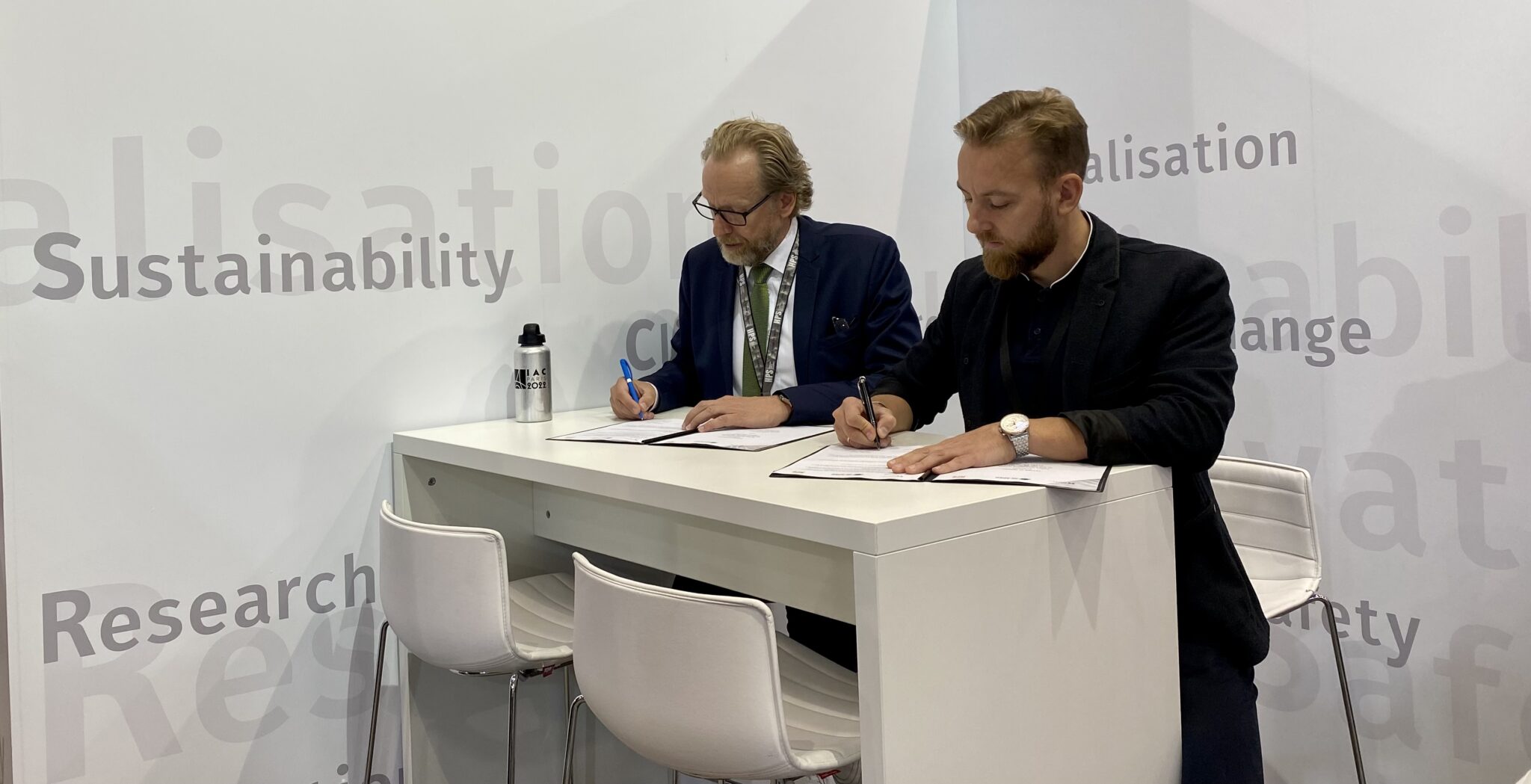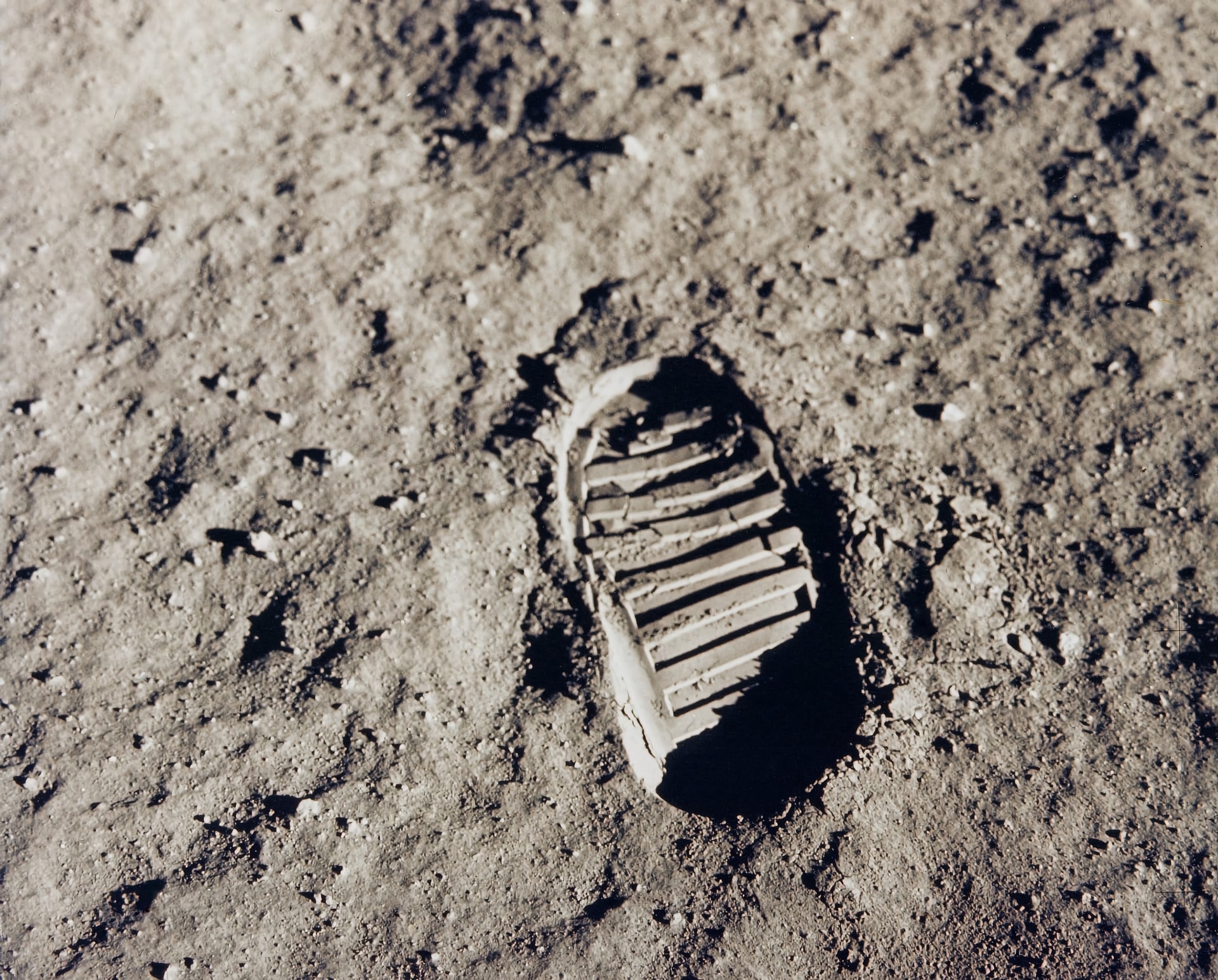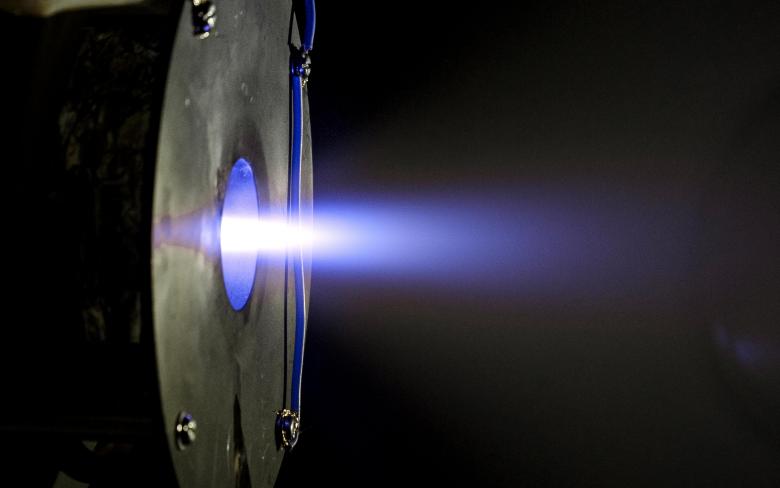
Neutron Star Systems awarded SpaceWERX Orbital Prime contract
Published on Wed, 09.11.2022 – 14:28 CET in Upstream, covering Neutron Star SystemsBack in August 2022, the German NewSpace startup took an important step toward the United States. However, the fact that the Cologne-based company could play a decisive role in the American space industry cannot be taken for granted. After all, national defense - like everywhere else in the world - is a matter for the highest state institutions. In the context of technology transfers, however, doors are opening that are also quite relevant for Neutron Star Systems.
AFWERX – SPACEWERX – SPACE PRIME – ORBITAL PRIME
To foster a culture of innovation within the armed forces, the United States Air Force launched the AFWERX program in July 2017. Part of this is SpaceWERX, which describes itself as the "innovation arm of the U.S. Space Force." Its mission, in turn, is to connect the needs of the armed forces with commercial space innovation. To ensure that this succeeds, a large number of programs are grouped under the three headings "Space Venture," "Space Spark" and "Space Prime. The first Space Prime project is entitled "Orbital Prime" and is dedicated to a particularly acute problem: space debris.
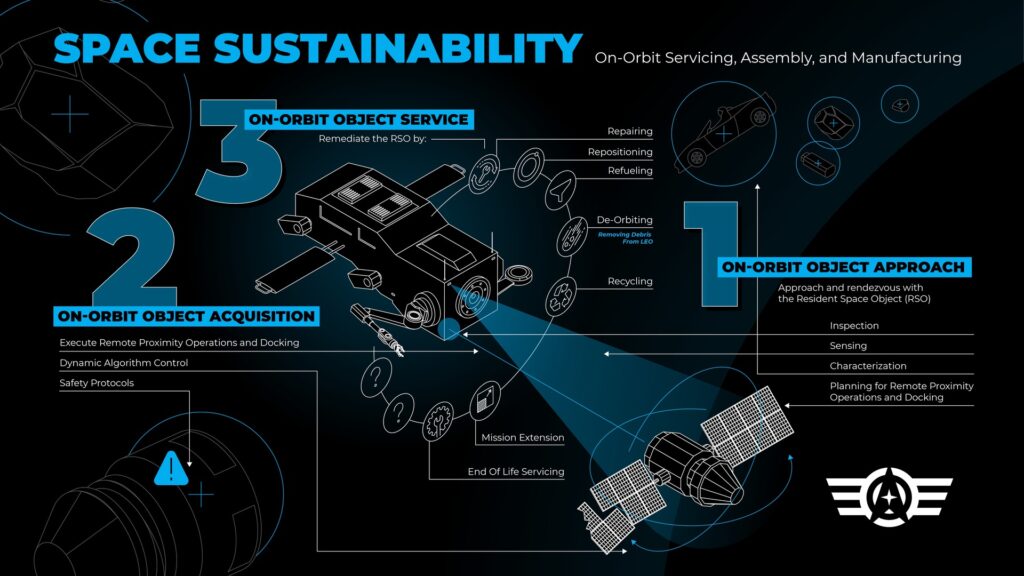
US$250,000 budget and 5 months time
The aim is to stimulate the market for on-orbit servicing, assembly and manufacturing (OSAM). To this end, a use case is to be demonstrated within two to four years, with which space debris is actively removed from orbit. For the so-called "Active Debris Remediation" (ADR), SpaceWERX concluded a total of 124 contracts under the Orbital Prime program from June 15 to September 22, 2022. Of these, about five dozen are for research institutions, and the rest are for companies. One of them is Neutron Star Systems USA LLC, the American subsidiary of the Cologne-based startup. In the first phase of the program, the contracts each have a term of five months and are endowed with $250,000 each.
Neutron Star Systems relies on 60-year-old high tech
Since the 1960s, work has been going on to develop a propulsion system for space vehicles, such as satellites, based on the principle of electromagnetic acceleration. However, this has so far only been used to a very limited extent - driven mainly by Japan and the former Soviet Union. The technical term for this principle is "Superconductor based Readiness Enhanced Magnetoplasmadynamic Electric Propulsion thruster". A term that even experienced speakers find difficult to pronounce, as Neutron Star Systems also writes on its website. The abbreviation SUPREME makes this easier, even if the principle behind it is not easier to explain.
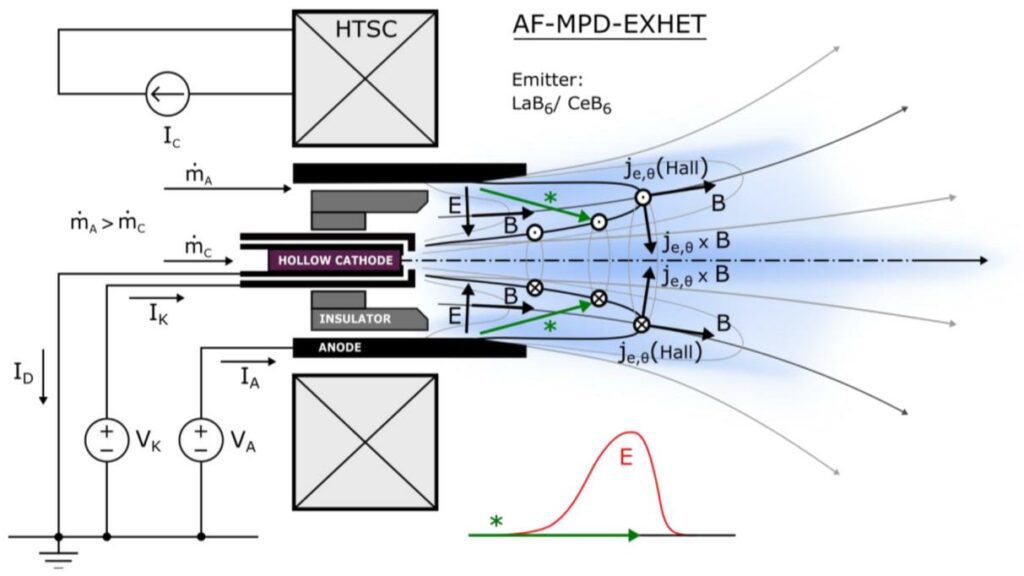
© Manuel La Rosa Betancourt, Neutron Star Systems
In essence, it can be said that the advantage of this technology lies in the combination of industrially mature high-temperature superconductors and magnetoplasmadynamic thruster technology. According to Neutron Star Systems, this thruster is suitable for missions in near-Earth orbit as well as to the moon or even Mars.
However, it will take some time before the system is ready for the market and for widespread use. Although the Orbital Prime Contract is helping to drive development forward, that alone will not be enough. That this is not a phenomenon with which the German NewSpace startup is alone is also known in the USA. Therefore, all winners of the first phase are invited to apply for phase 2 at the beginning of next year. This will last 15 months and be endowed with a maximum of 1.5 million US dollars. And at best, this will clear the way for Phase 3, which SpaceWERX says will offer strategic funding opportunities. It is not yet clear what sums will be negotiated. But the fact is that the United States is willing to pay a lot to defend its national interests and infrastructure - at best with technology from Germany.
